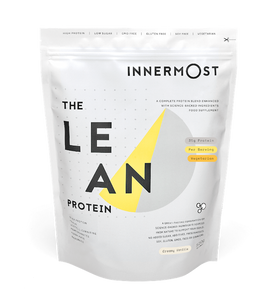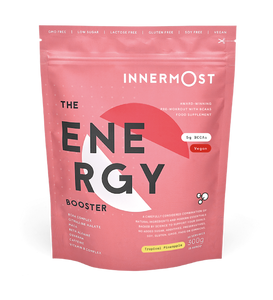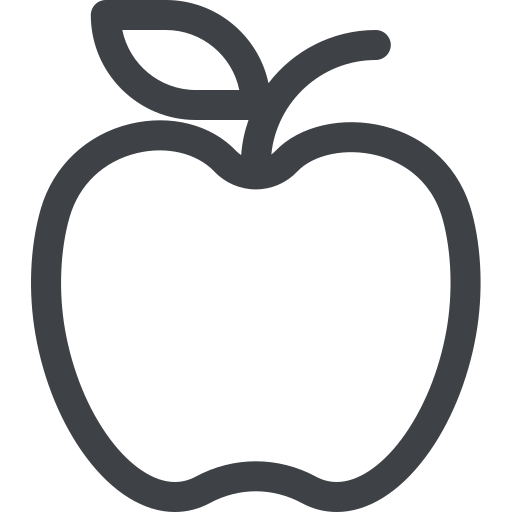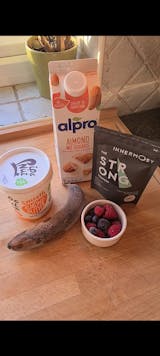We all know the feeling. You awaken bleary eyed, head pounding, with the terrible knowledge that last night didn’t turn out quite the way you’d planned. Welcome to hangover city, baby.
Luckily, you don’t have to wallow in your misery for long. There is a way out of the dark tunnel built from two G&Ts, a beer, a shared jug of margaritas and a jagerbomb for the road.
What you eat and drink the day after drinking can determine whether you’ll emerge bright eyed, bushy tailed and ready to face the world, or spend the day curled up on the floor of your shower. Let us guide you.
Breakfast
How do you like your eggs in the morning? When you’re searching for the best foods for a hangover, how they’re cooked doesn’t matter - what’s important is their B12 content, which energises you, and their high amino acids content, which helps your liver to clear the alcohol from your body.
A nutrient-packed smoothie is also a great way to make yourself feel better. Blend up a mixture of bananas, dates, avocados and leafy greens, all of which are high in potassium, an electrolyte which gets depleted when you’ve been drinking. For extra power, we recommend you throw in a spoonful of Innermost’s The Detox Booster, which is formulated to target free-radicals, maintain a healthy pH balance and support your immune system.
Lunch

Soup is an ideal choice for lunch, and one of the best foods to help with a hangover. Easy to prepare and more importantly easy to swallow (not a quality to be underestimated on a trying day such as today), soups such as bone broth, miso soup and vegetable soup will help to replenish sodium levels and help to hydrate you. Miso even has probiotics which can help with gut health, which you probably need today.
Dinner
It’s time to bring out the big guns. Carbs will help to raise your blood sugar levels and give you energy - plus they’re comforting and tasty, which you definitely deserve today of all days.
Porridge, pasta, crackers and bread are all great options. It’s important to eat eat some protein as well, to minimise blood sugar spikes - you don’t want to crash and feel even worse later.
Drink up
No, not that kind of drink. Hair of the dog might make you feel better in the moment, but you’ll be cursing your decision-making come the afternoon as it will only dehydrate you further.
Alcohol is a diuretic, and when your body’s fluids are depleted your blood volume drops which can cause headaches and fatigue. Try to drink as much water as you can.
Drinks that contain electrolytes are also one of the best foods for a hangover. When your body loses fluids your electrolyte levels can dip low, which can cause nausea, exhaustion and dizziness. Drinks such as Gatorade, Lucozade and coconut water can help to combat this.
Fizzy drinks are also worth sipping on. Soda helps to break down acetaldehyde in the body, which causes headaches and general malaise and is created when the liver metabolises ethanol.
What not to eat when you have a hangover
Although grabbing a table at your local greasy spoon and ordering everything on the menu that’s fried might feel very tempting right now, we urge you to resist. It might be too late for you this morning, but eating greasy or fatty foods before you start drinking can help to slow the absorption of alcohol into your bloodstream, which can in turn help to lessen the next day’s hangover. So plan on ordering a pizza before you head to the pub next time.
Another food to avoid with a hangover is anything acidic, such as orange juice, grapefruits or tomatoes. The acid in foods such as these can irritate the stomach, which you definitely want to be avoiding.
No one kind of food will make everyone feel better, so the best thing to do is to listen to your cravings and give your body what it wants. Whether that’s something salty and crunchy or sweet and comforting, after the beating you gave your body the night before, it’s time to indulge your cravings.























